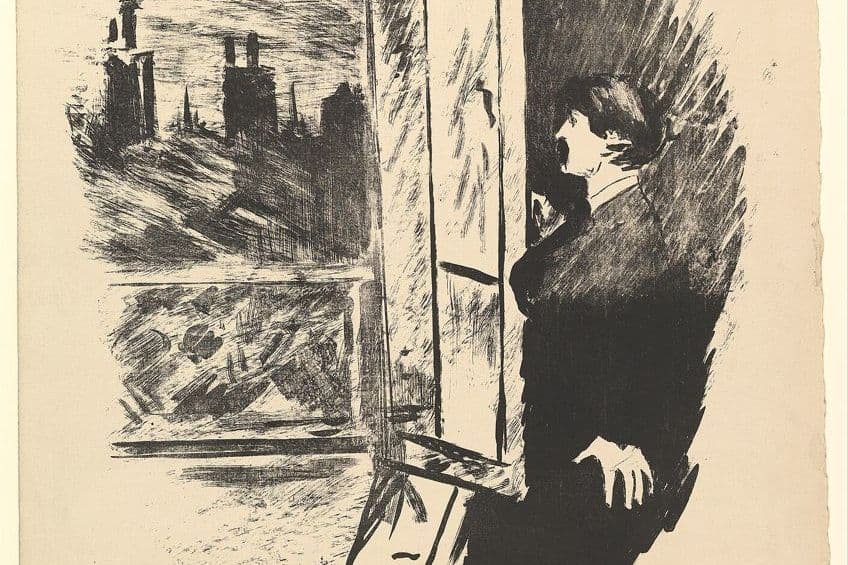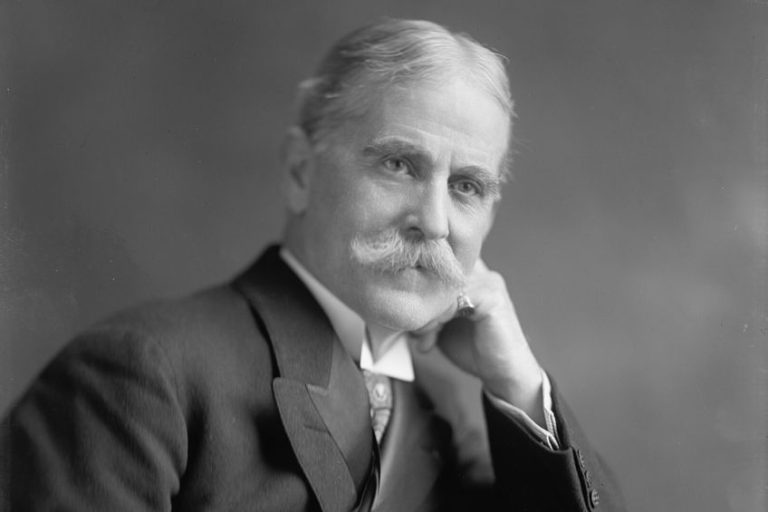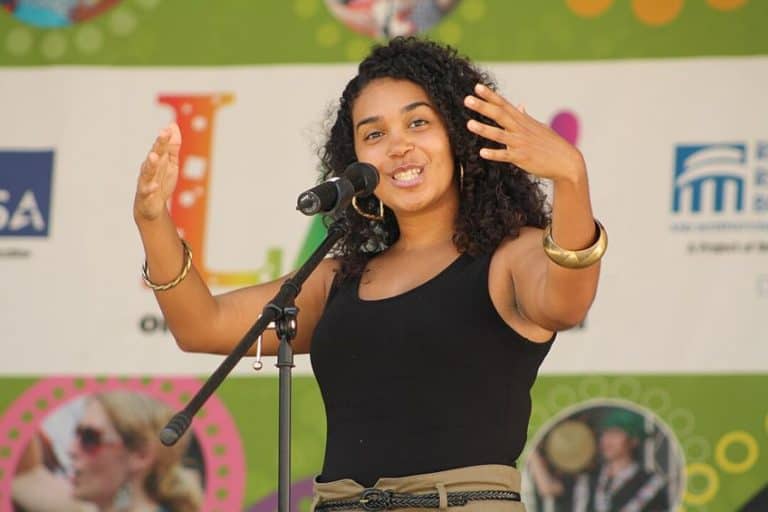Dramatic Monologue – Where Poetry and Theatre Collide
There are often similarities between the different types of literature and today, we are going to examine a few of the similarities between drama and poetry. The reason that we are going to consider this is because our focus for the day is on the dramatic monologue. This type of poetry draws substantially from the dramatic forms that came before it, and so we are going to examine it by discussing the history of the form, some of the characteristics of dramatic poems, the relationship between dramatic monologues and drama, the performance element of this poetic type, and a few dramatic monologue examples. This should give a decent understanding of the general overview of the dramatic monologue form. If this is something you want to learn about, keep reading to learn a few new things!
A Look at Dramatic Monologues in Poetry
The dramatic monologue is a relatively new type of poetry in terms of it having originated during the Romantic period, but it has its origins in dramatic performances and can be seen, in some sense, as similar to a dramatic form like the soliloquy. We will touch on some of those ideas below, but the main thing to keep in mind about the dramatic monologue going forward is that it is centered around a character and expresses their thoughts and feelings about something.
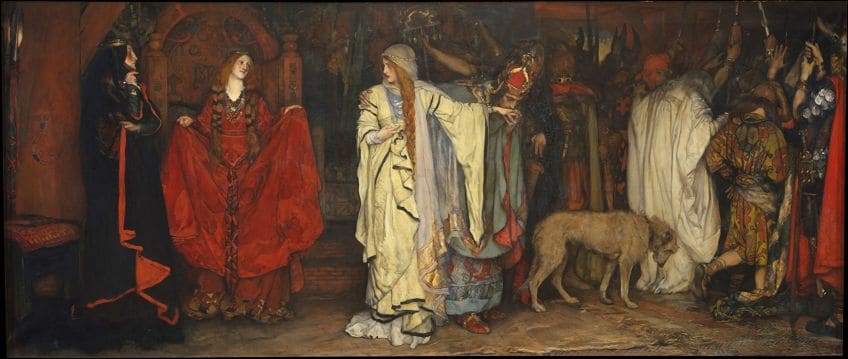
So, what is a dramatic monologue then? In very basic terms, this is a poetic form in which a character of some description presents their thoughts in a poetic form. This means that, unlike the monologues one might find in a drama, it generally makes use of poetic techniques to convey its message. These aspects will be discussed in the section below, but before we move into that, we should first have a look at a bit of a summary of this type of text for those who may not wish to read this whole thing.
Summary of the Dramatic Monologue
The remainder of this article does examine the dramatic monologue in substantially more detail than this brief summary will be able to provide, but if you only wish to see some of the major points then there they are. This is a quick and easy answer to the question: “What is a dramatic monologue?”.
Hopefully, it is a helpful overview.
- The dramatic monologue has a narrator. This poetic form makes use of a narrator of some kind who speaks on the topic of the poem. This narrator is a character who addresses an implied audience, and this is one of the central characteristics of the dramatic monologue.
- The dramatic monologue usually expresses thoughts. Thanks to the use of a central character in the dramatic monologue, this poetic form is usually used as a means of presenting the reader with the innermost thoughts of a particular character as they contemplate something, such as their life or a natural landscape.
- The dramatic monologue is different from monologues in drama. While there are similarities between these two forms, the dramatic monologue is, technically, not the same as a monologue in a play. These two forms should not be confused with one another.
With this short and sweet summary done and dusted, we can move on to the rest of our discussion. If this brief overview has not provided quite enough information for you to understand the dramatic monologue, then we should instead get started on the rest of our examination of this form by moving to the history of this type of poetry.
The Origins of the Dramatic Monologue
While monologues have existed in drama for a very long time, and some of the best-known English examples of them can be found in the works of William Shakespeare, the dramatic monologue is, strictly speaking, a more recent poetic form. The earliest days of this form are often associated with the poetry of Robert Browning, but it does have its origins in earlier works, such as the Romantics.

One of the poems that we will discuss below, Ulysses by Alfred Lord Tennyson, which was published in 1842, is often seen as the first “true” dramatic monologue in terms of what the form would eventually come to represent. However, this can be difficult to determine based on how we might define the specific characteristics of the dramatic monologue structure. The form continued to develop into the Victorian era, and there were many examples of the dramatic monologue being produced. The form does still exist today, although it does tend to be less known than it used to be. However, it is a versatile form that has a certain kind of performativity baked into its structure which makes it an appealing type of poetry to produce.
The Characteristics of the Dramatic Monologue
The dramatic monologue structure is one that presents us with a character. This is one of the central aspects of the dramatic monologue. The narrator of the dramatic monologue in question has thoughts and feelings of their own, and the poem is generally a means of presenting those ideas to the audience. This also implies that there is an audience that they are addressing in some way. This audience is the reader, but also beyond the reader, they are addressing some presumed audience that has a stake in the story being told.
The topic of the dramatic monologue can also give us some hints about who this implied audience would be.
The dramatic monologue also commonly features some kind of revelation about the character in question as they deal with a dramatic situation of some kind. For instance, they may be contemplating their life now that they are at the end of it, or they could be thinking about the natural world while watching a natural landscape. These are some of the central characteristics that can be found in the typical dramatic monologue.
The Relationship Between Dramatic Monologues in Poetry, Drama, and Prose
While the dramatic monologue in poetry is a type of poem of its own, it does have a relationship with monologues as they exist in both drama and prose. In drama, the monologue is a common technique used to express the thoughts of one of the characters, and the soliloquy is likely the most famous of those types of techniques. Similar things can be seen in prose. While prose is able to show the thoughts of characters through narration, and so does not need them to say anything out loud, a monologue structure can still be used when characters are speaking to others. For instance, speeches can be seen as a kind of monologue.
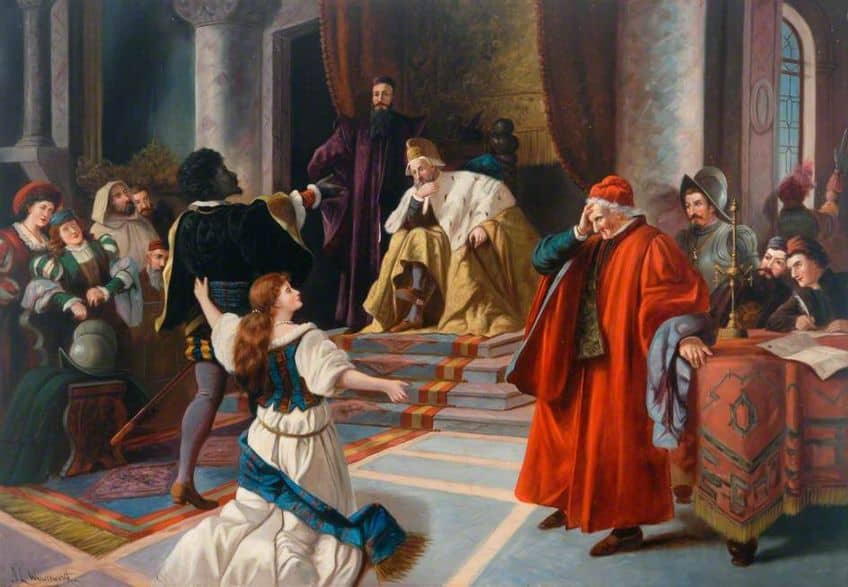
All of these elements show that the monologue is far from a purely poetic form, and the rather irritating nature of this type of poetry being called a “dramatic monologue” doesn’t help with the distinctions between the different types of monologues. It must always be remembered that the dramatic monologue is technically a poetic form even though it has the word “drama” in the name.
The Performance of Dramatic Monologues
While the dramatic monologue does not need to be performed in any sense and is instead intended as a type of text that is read, it can still be performed. The monologue nature of this type of poem does also endear itself to theatrical performances. The emotion that can often be found in poems of this variety can be implemented in theatrical spaces to explore performance and character. Furthermore, dramatic monologues are often used in theaters and can be used as a way to showcase a specific type of acting ability.
As has been mentioned above, the soliloquy is a common type of monologue structure in many instances of drama, and performing a dramatic monologue can be similar to performing a soliloquy.
Dramatic Monologue Examples in Poetry
When learning about any form of poetry, or any other type of literature, it can often be best to also have a look at a few examples of the form. This is why we are going to have a look at a few different dramatic monologue examples in this section. However, this is where we will also run into a little bit of an issue, because when it comes to answering the question, “What is a dramatic monologue?”, there are often certain very specific requirements, and some of those requirements are not going to be met by some of the examples below.
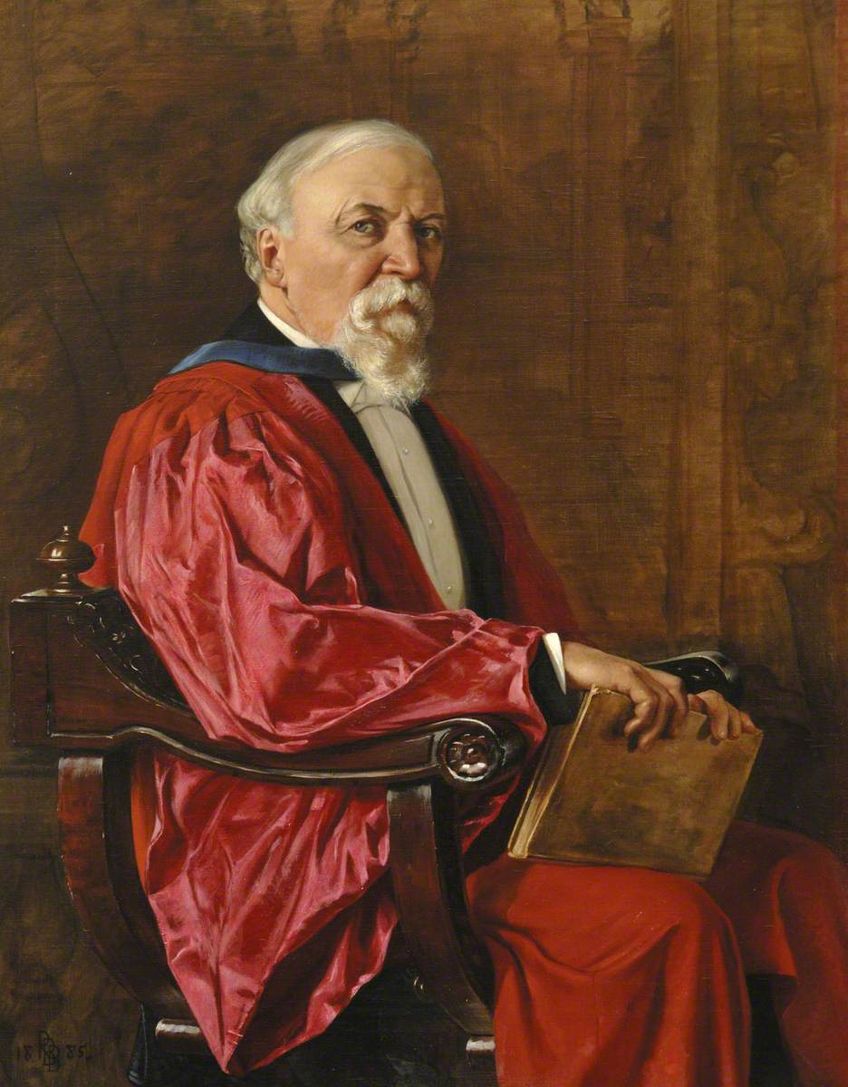
There are some instances of dramatic poems that are very strict dramatic monologue examples, while others share similarities with them or were published before the commonly understood origin point of the dramatic monologue genre of poetry. However, the poems below can all be argued, in one sense or another, to have elements that tie them to the dramatic monologue genre even if they are not strictly part of it. Let’s see some of these examples and try to understand why this is the case.
Mont Blanc (1817) by Percy Bysshe Shelley
| Date Published | 1817 |
| Type of Poem | Ode |
| Rhyme Scheme | Irregular |
| Meter | Iambic pentameter |
| Topic | The human mind’s capacity to comprehend truth |
Mont Blanc is a poem by the Romantic poet Percy Bysshe Shelley that is not a strict dramatic monologue but does contain some of the bones of what would eventually come to be seen as the dramatic monologue style. This poem is based on the sights Shelley saw when he passed through the Chamonix Valley during a tour through Europe.
The poem is something of a secular response to the spiritual responses to nature of William Wordsworth.

In terms of a dramatic poem style, the poem is written from the perspective of a narrator who is addressing the mountain itself rather than any person. This narrator character speaks about his thoughts and feelings as he sees and experiences the stunning natural landscapes of the world. The poem contemplates philosophical questions about the natural world through this speaker’s character.
Ulysses (1842) by Alfred Lord Tennyson
| Date Published | 1842 |
| Type of Poem | Dramatic monologue |
| Rhyme Scheme | None |
| Meter | Variable |
| Topic | The story of Ulysses |
Ulysses is considered to be one of the best dramatic monologue examples and it is also a poem that has come to be quoted quite often. The poem focuses on the mythical character of Ulysses from ancient Greek myth (who is also known as Odysseus). This character has been a major figure in many pieces of literature and, most famously, in the texts of Homer, the Iliad and Odyssey.
In terms of this particular poem, it makes use of a dramatic monologue structure to examine the life of this famed character.

Ulysses, the character, in this dramatic monologue, has become an old man and is now looking back on his life. The poem follows many of the conventions of the dramatic monologue form, such as having a single speaker and involving revelations about the character that is speaking to their implied audience. This is typically seen as one of the best instances of the form, and it is a superb read.
The Raven (1845) by Edgar Allan Poe
| Date Published | 1845 |
| Type of Poem | Narrative poem |
| Rhyme Scheme | ABCBBB |
| Meter | Various |
| Topic | Loss |
The Raven is another of the poems on this list of dramatic monologue examples that is not a dramatic monologue in the strict sense but does share many similarities with the form. In this case, the poem tells the story of a character who has recently lost the love of his life and is in mourning.
However, as he mourns, a raven appears at his home one night to repeat a single word and torment him.
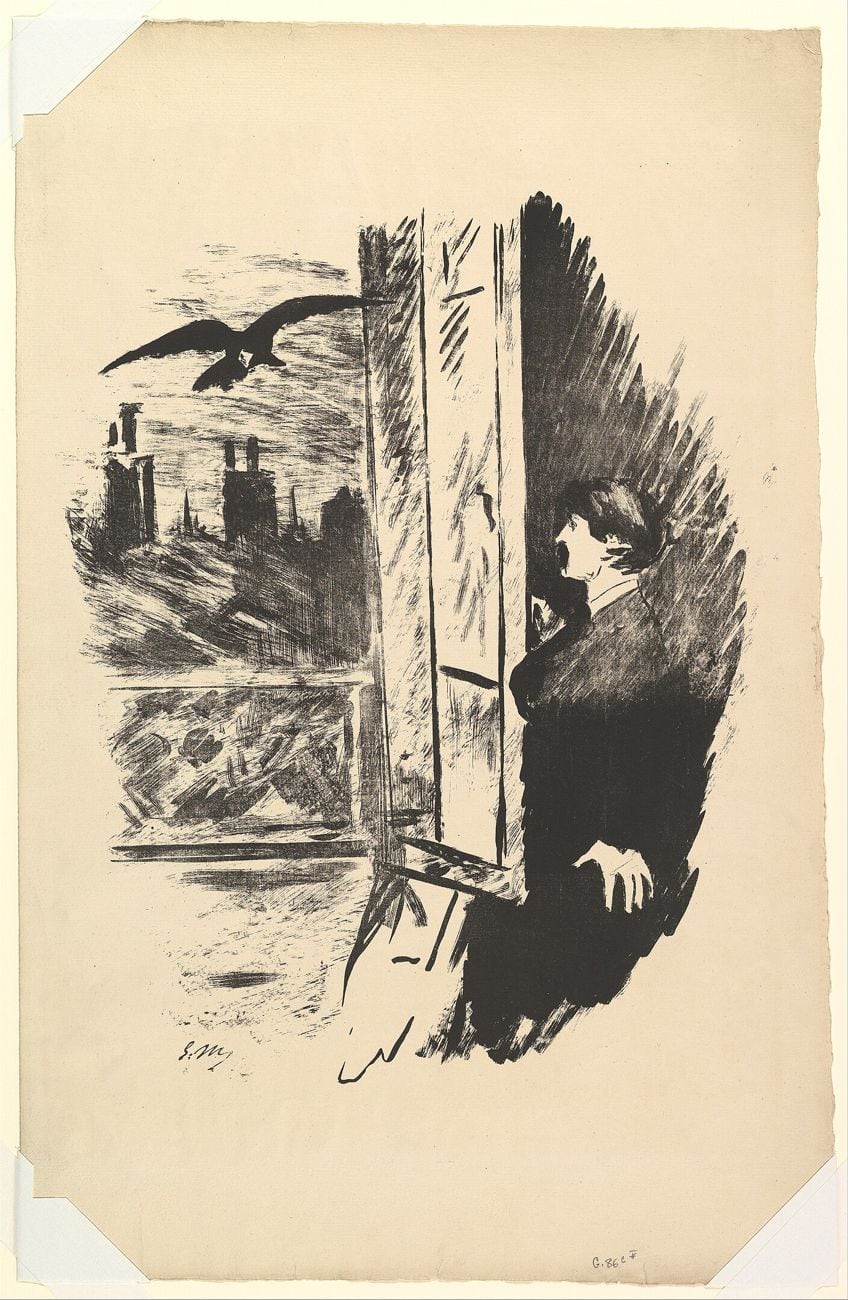
The poem, while strictly a narrative poem, shares many similarities with dramatic monologues and can be seen as one, such as the way in which it has an audience of some kind to whom the speaker is telling this story. In addition, there is a dramatic situation that takes place in this person’s life, during the dramatic sections of the poem. So, while this may not technically be an instance of a dramatic monologue, it could be argued as one in many ways.
Dover Beach (1867) by Matthew Arnold
| Date Published | 1867 |
| Type of Poem | Lyric poem |
| Rhyme Scheme | Irregular |
| Meter | Variable |
| Topic | Uncertainty |
Dover Beach is a lyric poem and a dramatic monologue that has often been seen as one of the best examples of the form. In this poem, the speaker addresses us and tells us about the ocean. It appears, at first, to be a descriptive piece about the English coastline, but it soon becomes a metaphor for faith.
The poem takes the time to explore the idea of the decline in faith in the Western world and what that may mean for the world.

The narrator character in this dramatic poem could be argued as Matthew Arnold himself as he expresses his thoughts and feelings about the world to us as we read what he has to say about everything around him. We learn about this character, and the way he thinks, as he presents this metaphor to us. The metaphorical nature of the poem can make it slightly harder to understand at first, but it does present us with a dramatic monologue style.
The Love Song of J. Alfred Prufrock (1915) by T.S. Eliot
| Date Published | 1915 |
| Type of Poem | Dramatic monologue |
| Rhyme Scheme | None |
| Meter | None |
| Topic | Anxieties and regrets in life |
The Love Song of J. Alfred Prufrock is one of the earliest poems by the Modernist poet T.S. Eliot. This poem presents us with a rather unpleasant character, J. Alfred Prufrock. He tells his story in this dramatic monologue in a stream-of-consciousness style that entails many images that can be seen as upsetting or off-putting.
This character also makes multiple allusions and references to other famous texts.
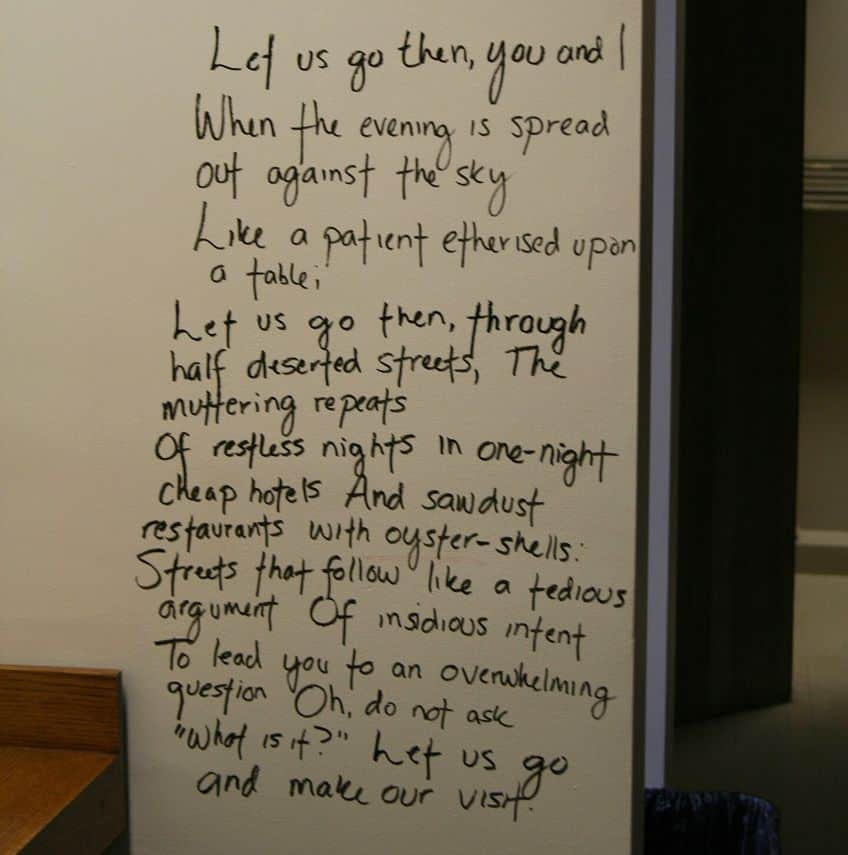
The poem is an exploration, through this stream-of-consciousness dramatic monologue style, of the innermost thoughts of this character as he thinks on many of the difficulties he has faced and the opportunities he has lost. The poem takes us through his feelings of weariness with the world, his immense regret and embarrassment, and his sexual frustration and longing.
The dramatic monologue is an interesting poetic form because of its relationship to drama, its use of an implied audience, the means of expressing the thoughts of a character in a similar sense to a character in a play or novel, and its ability to be performed. This type of poetry is not all that old, but some absolutely fantastic dramatic poems have arisen out of it, and we have examined some of those dramatic monologue examples today alongside a discussion of the history, characteristics, and performability of these texts. If you get the chance, have a look at some other dramatic monologue examples that are out there and put yourself into the mind of the character. Would you have similar thoughts in their situation?
Frequently Asked Questions
What Is a Dramatic Monologue?
This is a type of poetry that serves as a means of presenting a kind of speech from the perspective of a specific character. This kind of poetry has its origins, in many ways, in drama. In dramatic texts, there are often monologues, but said monologues exist within the context of the play as a whole. Dramatic poems, on the other hand, are far more individual in their presentation and exist to express the thoughts and feelings of a character who has been divorced from any further textual context. This means that dramatic monologues can be read on their own without having to read a whole play.
What Are the Characteristics of a Dramatic Monologue?
There are several general characteristics of the dramatic monologue. Some of the most common of them entail the use of a single character who serves as the speaker, and we generally learn something about this character over the course of said monologue. There is often a dramatic situation of some kind, an implied audience to whom the speaker in the dramatic poem is speaking, and there is often some kind of underlying problem that the speaker is trying to express to the audience.
Can a Dramatic Monologue Be Performed?
One of the great things about the dramatic monologue is that it is often oriented around a kind of performance angle. They are often used in theater settings, as well as in film, because they show a character expressing some kind of an idea to an audience. While monologues in drama have existed for a very long time and have served a similar role, the more detached perspective of the dramatic monologue, in which it is not attached to a specific play, can mean that it is perfect for shorter dramatic performances. However, it should also be noted that poetic examples of dramatic monologues can often find their way directly into plays. So, they can also be a component of a larger play.
Is a Soliloquy the Same as a Dramatic Monologue?
The soliloquy is a very old form of monologue structure that can be found in plays. However, it is not the same as a dramatic monologue. The soliloquy is a specific kind of monologue that exists within a play and requires the full context of the play to be understood, and it generally serves as a means of expressing the inner thoughts of a character on stage. A dramatic monologue, on the other hand, is specifically a type of poetry that expresses a character’s thoughts, but it has an implied audience rather than being built for one like a play. This does not mean that a dramatic monologue cannot be performed, but rather that they are generally not written to be performed.
What Are Some Famous Dramatic Monologue Examples?
This poetic form is relatively young in comparison to many other forms of poetry, but that does not mean that there is a lack of dramatic poems of this description. Some of the most famous and notable of all dramatic monologues include Ulysses (1842) by Alfred Lord Tennyson, Dover Beach (1867) by Matthew Arnold, and The Love Song of J. Alfred Prufrock (1915) by T.S. Eliot. This is a small subset of everything that has been produced in the dramatic monologue tradition, and there are many others that one could find if one was so inclined.
Justin van Huyssteen is a freelance writer, novelist, and academic originally from Cape Town, South Africa. At present, he has a bachelor’s degree in English and literary theory and an honor’s degree in literary theory. He is currently working towards his master’s degree in literary theory with a focus on animal studies, critical theory, and semiotics within literature. As a novelist and freelancer, he often writes under the pen name L.C. Lupus.
Justin’s preferred literary movements include modern and postmodern literature with literary fiction and genre fiction like sci-fi, post-apocalyptic, and horror being of particular interest. His academia extends to his interest in prose and narratology. He enjoys analyzing a variety of mediums through a literary lens, such as graphic novels, film, and video games.
Justin is working for artincontext.org as an author and content writer since 2022. He is responsible for all blog posts about architecture, literature and poetry.
Learn more about Justin van Huyssteen and the Art in Context Team.
Cite this Article
Justin, van Huyssteen, “Dramatic Monologue – Where Poetry and Theatre Collide.” Art in Context. November 23, 2023. URL: https://artincontext.org/dramatic-monologue/
van Huyssteen, J. (2023, 23 November). Dramatic Monologue – Where Poetry and Theatre Collide. Art in Context. https://artincontext.org/dramatic-monologue/
van Huyssteen, Justin. “Dramatic Monologue – Where Poetry and Theatre Collide.” Art in Context, November 23, 2023. https://artincontext.org/dramatic-monologue/.


